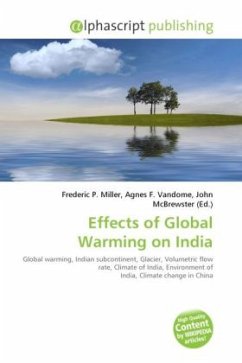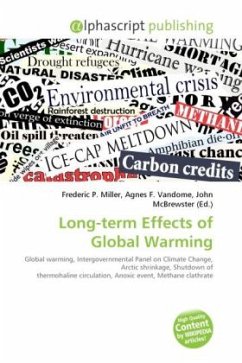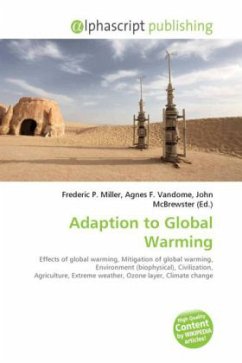High Quality Content by WIKIPEDIA articles! The effects of global warming on the Indian subcontinent vary from the submergence of low-lying islands and coastal lands to the melting of glaciers in the Indian Himalayas, threatening the volumetric flow rate of many of the most important rivers of India and South Asia. In India, such effects are projected to impact millions of lives. As a result of ongoing climate change, the climate of India has become increasingly volatile over the past several decades; this trend is expected to continue. Elevated carbon dioxide emissions contributed to the greenhouse effect, causing warmer weather that lasted long after the atmospheric shroud of dust and aerosols had cleared. Further climatic changes 20 million years ago, long after India had crashed into the Laurasian landmass, were severe enough to cause the extinction of many endemic Indian forms. The formation of the Himalayas resulted in blockage of frigid Central Asian air, preventing it from reaching India; this made its climate significantly warmer and more tropical in character than it would otherwise have been.








